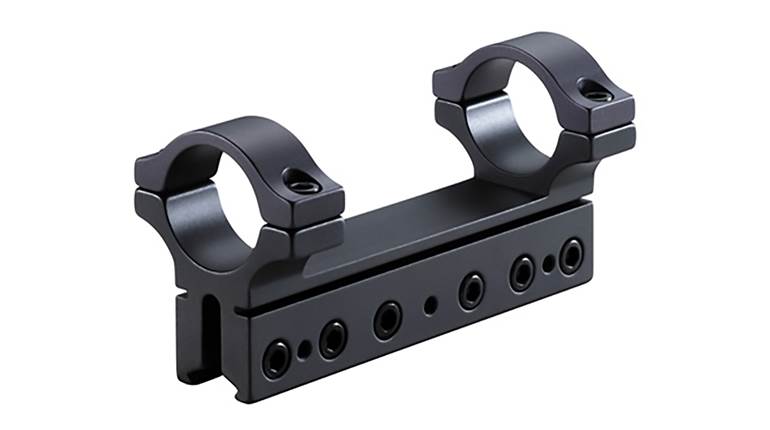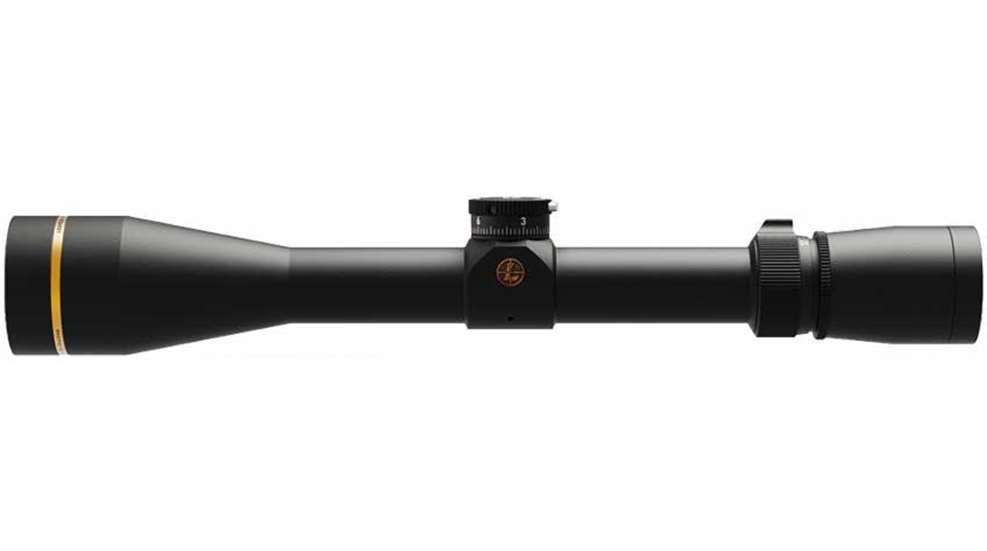
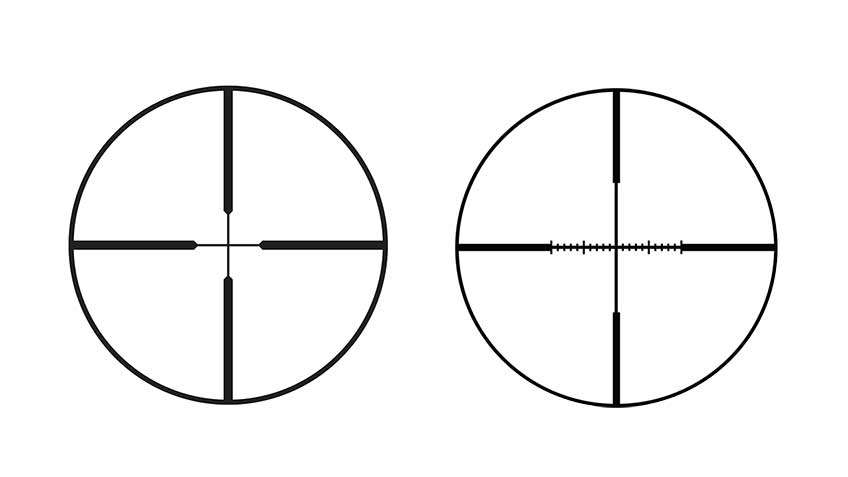
The Leupold ZeroLock feature prevents unintended adjustments and ensures an accurate return-to-zero on the elevation turret. Fast and easy to use, the ZeroLock is low-profile. This scope launch marks the first time Leupold has made ZeroLock technology available at a price point below that of the popular VX5HD. In-store and online prices (not MSRP) start at $500 and go up to $750, based on the model. Even on bargain-price websites, the VX5HD scopes sell for at least a couple hundred dollars more than the new VX-3i’s, and in some cases as much as $700 more.
I recently tested a VX-3i 3.5-10x40 with a 1” tube. Sporting a Duplex reticle, the VX-3i featured ¼ MOA elevation and windage adjustments and the ZeroLock. I mounted the scope on a Remington 700 American Hunter rifle chambered in 6.5 Creedmoor. In three separate shooting sessions, the precise controls on the VX-3i made the scope easy to adjust, while the ZeroLock CDS dial was a great time-saving feature. Images were clear and sharp-edged, and the scope gathered ample light even at dusk.
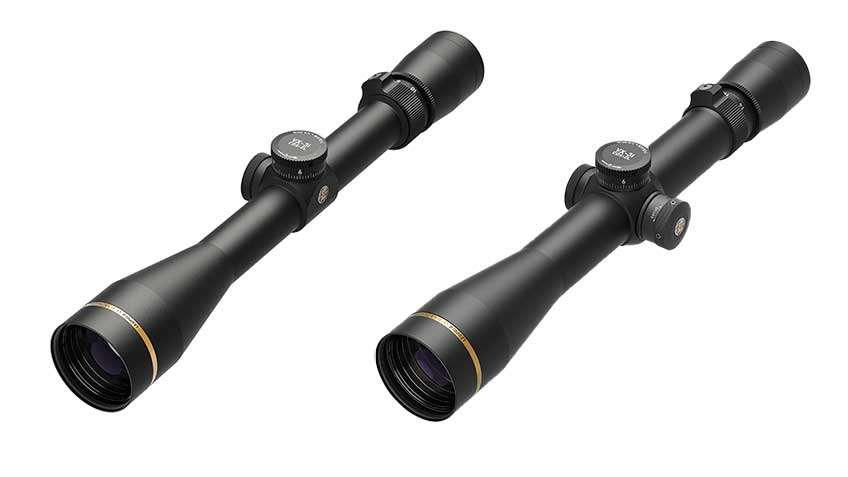
At my outdoor range in Northern Wisconsin, I first zeroed the VX-3i on the rifle at 50 yds. using American Eagle’s 6.5 Creedmoor round with a 140-gr. open tip bullet. Initially, the bullets hit 8” to 10” high and to the left. That required a number of clicks to get the VX-3i zeroed, but was easily achieved. The scope itself features an elevation and windage adjustment range of 52 MOA. I then moved onto the 100-yd. range and switched to Hornady’s 6.5 Creedmoor Outfitter ammunition firing a 120-gr. GMX bullet. The Hornady bullet struck high and left. Several clicks down on the elevation and then several more clicks right on the windage, I was pegging solid groups.
My next two sessions with the VX-3i were mostly to see how well the scope’s controls tracked. To do this, I took a sheet of clean paper and drew a 2” by 3.5” rectangle in the lower left corner with a green marker. I set up this target at 100-yds. and shot from a sandbagged rest. During both tests, the temperature was in the low 20s. On day one, the sky was clear and bright. Day two presented overcast with light snow falling. But on both days, the VX-3i performed very well, with the bullet point-of-impact shifting in conjunction with my elevation and windage adjustments.
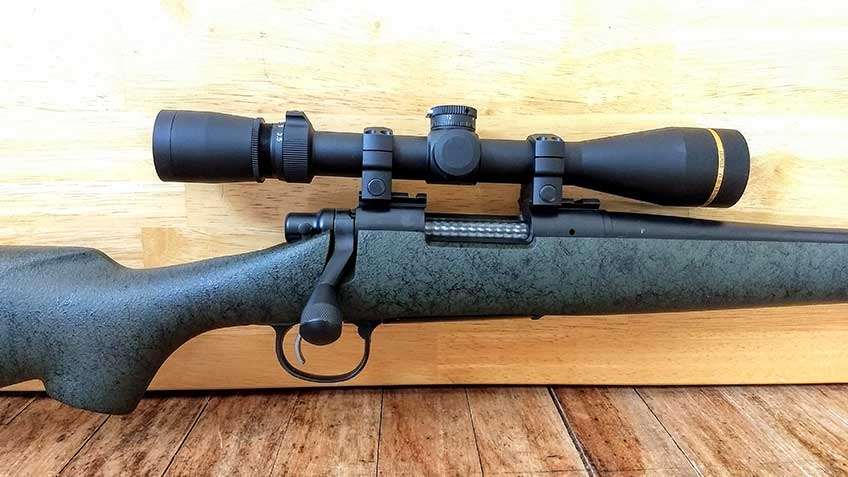
On Day Two, I drilled my first shot into the middle of the green rectangle. I then moved the elevation knob up 20 ¼ MOA clicks or approximately 5” and fired a round. Next I adjusted the windage 10 clicks right and fired, then went up another 10 clicks on elevation and fired. I returned the elevation back to zero (30 clicks), not counting the clicks but using the ZeroLock feature, and fired. That shot hit to the right of the colored rectangle, pretty much even horizontally with my very first shot.
To finish, I moved 10 clicks left on the windage which returned my adjustments on the VX-3i back to the original settings. I aimed to the left side of the green rectangle so I could differentiate this shot from the very first one. The end result is a nice near-rectangle, more of a quadrilateral, for you geometry types, with long sides at 5.5” to 6” and the shorter ends at 2.5” to 3”. Shot no. four was up above and along the right edge.The distances between shots did not exactly correspond to the MOA adjustments of the VX-3i. However, factoring in the shooter, the ammunition, the weather and the rifle heating up the VX-3i tracked extremely well. Had I used a vise to hold the rifle, I’d bet the distances between shots would have been almost mirror images of the ¼ MOA adjustments made between shots.
Finished with the tracking test, I had six rounds of the Hornady Outfitter left over. I shot two three-shot groups, also at 100 yards. The barrel was quite warm at that point, but the first group still measured just 0.72” while the second group came in at a somewhat disappointing 1.38”. The first two shots of this group were nearly touching and measured 0.43” so I don’t know if I pulled that last shot or the hot barrel was a factor. When in doubt, though, I blame the shooter! In any case, the Leupold VX-3i did the job just fine.
As noted earlier, my VX-3i had a Leupold’s Duplex reticle. That’s standard for most new VX-3is, although the WindPlex reticle is an option, but only for the 4.5-14X model with the 30 mm main tube. The WindPlex reticle helps in compensating for crosswinds, with 1-MOA hash marks along the horizontal line. The only difficulty I had with the scope was that in the Wisconsin cold I found it hard to feel the adjustment clicks as clearly as I would have liked. In the house, with the scope at room temperate, the same clicks were much easier to feel through my fingertips.
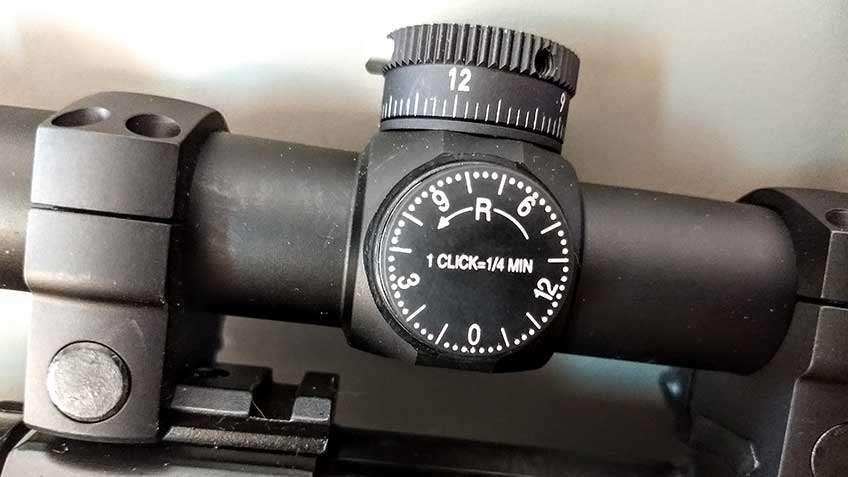
At dusk, I also took out the VX-3i, and it pulled in more than enough light for a hunter to make an ethical shot on game right up to dark (regulations permitting, of course). All models of the new VX-3i line come with Leupold’s proprietary CDS (Custom Dial System) feature at an additional cost. One free dial is included with the purchase of each CDS-compatible scope. Leupold will customize an elevation dial to match an exact load, velocity and average atmospheric conditions. The resulting dial allows end-users to easily compensate for bullet drop and make quick adjustments on the fly.
The Leupold VX-3i is a first-rate hunting scope. The lower 3.5X magnification is perfect for low-light scenarios and for hunting in thicker vegetation, while the scope’s 10X ability will let a hunter stretch it out as long as the rifle and the shooter can manage. Many people on social media complain about the cost of any scope that tops $200, but I don’t think they understand what makes the cost matter. In optics, along with many other things in life, you get what you pay for with quality holding a premium. Another thing they don’t understand that this is a great time to buy quality optics, compared to what the market was a decade ago. Scopes with these features then would have a much higher premium or would have to be custom. In the end, Leupold shows its quality through useful features all while doing so at a price point that seems like a bargain compared to what the market had to offer not so long ago.
Leupold VX-3i 3.5-10x40mm Scope Specs:
Focal Plane: Second
Main tube size: 1”
Weight: 13-ozs.
Length: 12.6”
Objective Diameter: 1.6”
Eye Relief, low magnification: 4.4”
Eye Relief, high magnification: 3.6”
FOV 100 yds., low magnification.: 29.9
FOV 100 yds., high magnification: 11.0
Elevation Adjustment Range: 52 MOA
Windage Adjustment Range: 52 MOA
Tube Material: 6061-T6 aerospace aluminum.
Features: ZeroLock Elevation dial; waterproof and fog proof; scratch-resistant lenses.
MSRP: $649.99.
https://www.leupold.com/















